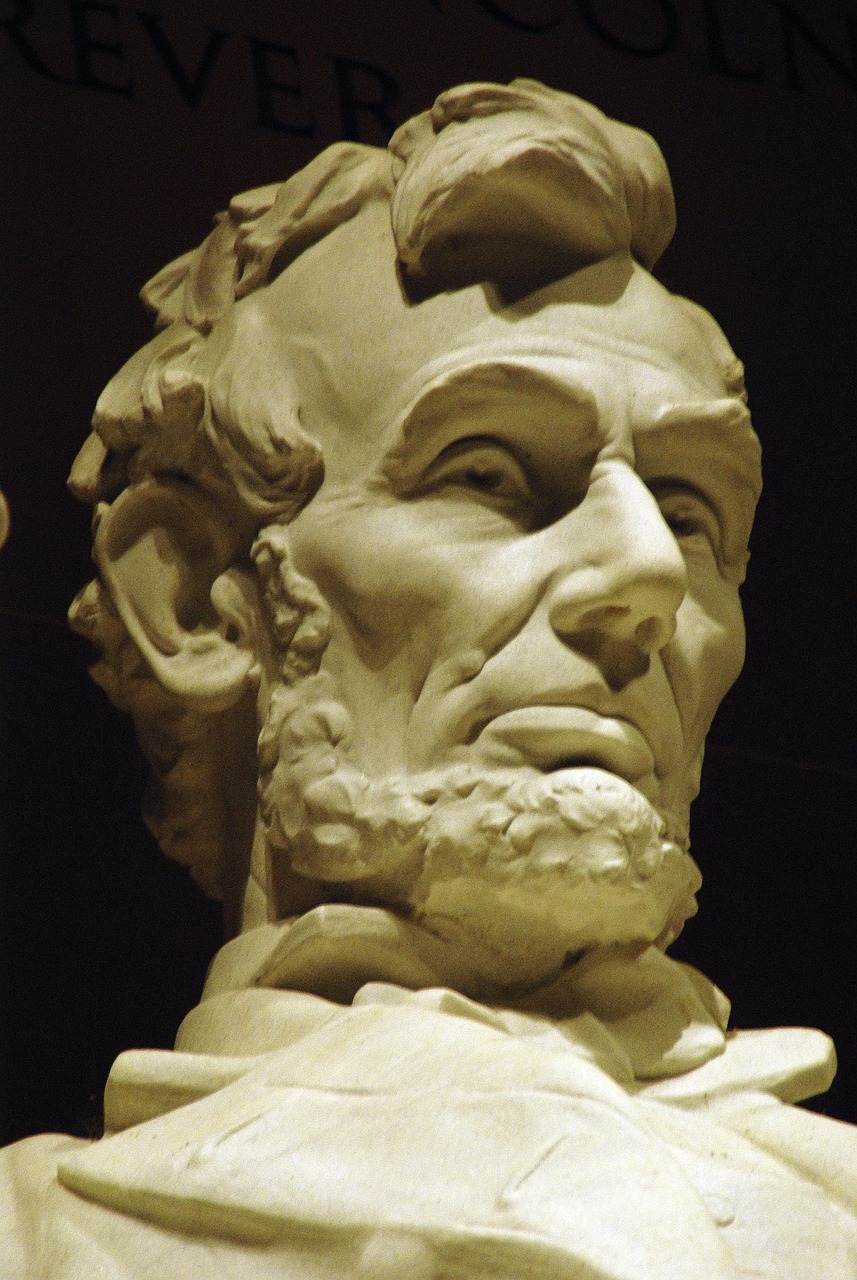Every year, on the third Monday in February, Americans come together to celebrate Presidents’ Day. This federal holiday, also known as Washington’s Birthday, honors the lives and legacies of U.S. presidents, particularly George Washington and Abraham Lincoln. Though the holiday has evolved over time, it continues to play a crucial role in reflecting on the history, values, and leadership that shaped the United States.
The Origins of Presidents’ Day
The roots of Presidents’ Day trace back to the celebration of George Washington’s birthday, which falls on February 22nd. Washington, the first president of the United States and a foundational figure in the nation’s formation, was revered not only for his leadership during the American Revolution but also for his role in establishing the principles of the new republic. After his death in 1799, Washington’s birthday became a day of remembrance and celebration of his life and contributions.
The holiday remained on Washington’s actual birthday for many years until the late 19th century. In 1885, Washington’s Birthday was designated a federal holiday. However, the celebration of Washington’s birthday was not uniform across all states, and its observance varied.
The change that eventually led to the modern-day Presidents’ Day occurred with the passage of the Uniform Monday Holiday Act in 1968. This legislation was designed to provide more three-day weekends for the nation’s workers by moving the celebration of certain holidays, including Washington’s Birthday, to a Monday. The act went into effect in 1971, and while the holiday retained its original name of Washington’s Birthday, it became popularly known as Presidents’ Day, partly due to the growing association with honoring all U.S. presidents, especially Abraham Lincoln, whose birthday falls in February as well.

The Meaning Behind Presidents’ Day
Presidents’ Day is not just a day off from work or a chance for retailers to hold big sales. The holiday carries with it an important reminder of the leadership and service provided by the nation’s commanders-in-chief. While Washington and Lincoln are often the primary figures celebrated, Presidents’ Day honors all presidents throughout American history, recognizing their influence on the direction of the country.
The holiday offers an opportunity for reflection on the ideals of American democracy—principles such as liberty, equality, and justice. Each president, regardless of their political party or the era in which they served, has played a role in shaping the nation’s character and future. Some presidents have left indelible marks on the country’s history, such as Abraham Lincoln’s leadership during the Civil War and his efforts to abolish slavery, or Franklin D. Roosevelt’s New Deal programs in response to the Great Depression.
At the same time, Presidents’ Day encourages us to consider the challenges and imperfections inherent in political leadership. The U.S. presidency has been marked by difficult decisions, controversies, and moments of moral and political compromise. Presidents are not infallible, and their decisions often carry long-lasting consequences. Presidents’ Day thus becomes a day not only to celebrate successes but also to reflect on how the leadership of this nation can always strive to better reflect its founding ideals.
Presidents’ Day in Modern Times
While the historical and symbolic significance of Presidents’ Day remains intact, the holiday is perhaps best known today for its connection to consumerism. Retailers across the country use Presidents’ Day as a marketing opportunity, offering sales on everything from electronics to furniture. In many ways, the commercial aspect of the holiday has overshadowed its more reflective origins.

However, some communities and educational institutions continue to mark Presidents’ Day with ceremonies, historical programs, and lessons that educate the public about the presidency and its importance. Museums, such as the Smithsonian National Museum of American History and the Presidential Libraries, often hold special events and exhibitions showcasing the lives and legacies of U.S. presidents. Schools teach students about the history of the presidency, its role in American government, and the values associated with leadership and citizenship.
In Washington, D.C., the day is marked by events such as the National Presidential Wax Museum’s celebration, public gatherings, and speeches that focus on the roles and responsibilities of the president. It’s a time to honor those who have served, as well as to reflect on the expectations placed upon modern-day leaders.
The Legacy of Presidents
Presidents’ Day is a moment for reflection on the ways in which presidents have influenced the course of American history. The office of the presidency has evolved significantly over time. From George Washington’s establishment of the presidency’s role and responsibilities, to the expansion of executive power during the 20th century, to modern presidents confronting complex global and domestic issues, the presidency remains at the heart of American governance.
Beyond the policies and actions of individual presidents, the holiday also celebrates the concept of leadership. Presidents’ Day provides an opportunity to consider what makes an effective leader, not just in politics but in all areas of life. It calls on Americans to reflect on what qualities they value in their leaders—integrity, vision, empathy, courage, and the ability to unite a diverse nation.
The holiday is also a reminder of the evolving nature of democracy. The United States has seen presidents come and go, with each leaving their own imprint on the country’s institutions and society. Presidents’ Day reminds citizens of the importance of civic engagement, voting, and participating in the democratic process to ensure that future leaders uphold the values that have sustained the nation.
Conclusion
Presidents’ Day is more than just a break from the routine or a chance for a good deal. It is a time to honor the leadership that has shaped America and to reflect on the enduring principles of freedom, justice, and equality. While the holiday may have evolved over the years, it remains a vital occasion for remembering the contributions of presidents, past and present, and recognizing the power of leadership in shaping the future of the nation.
